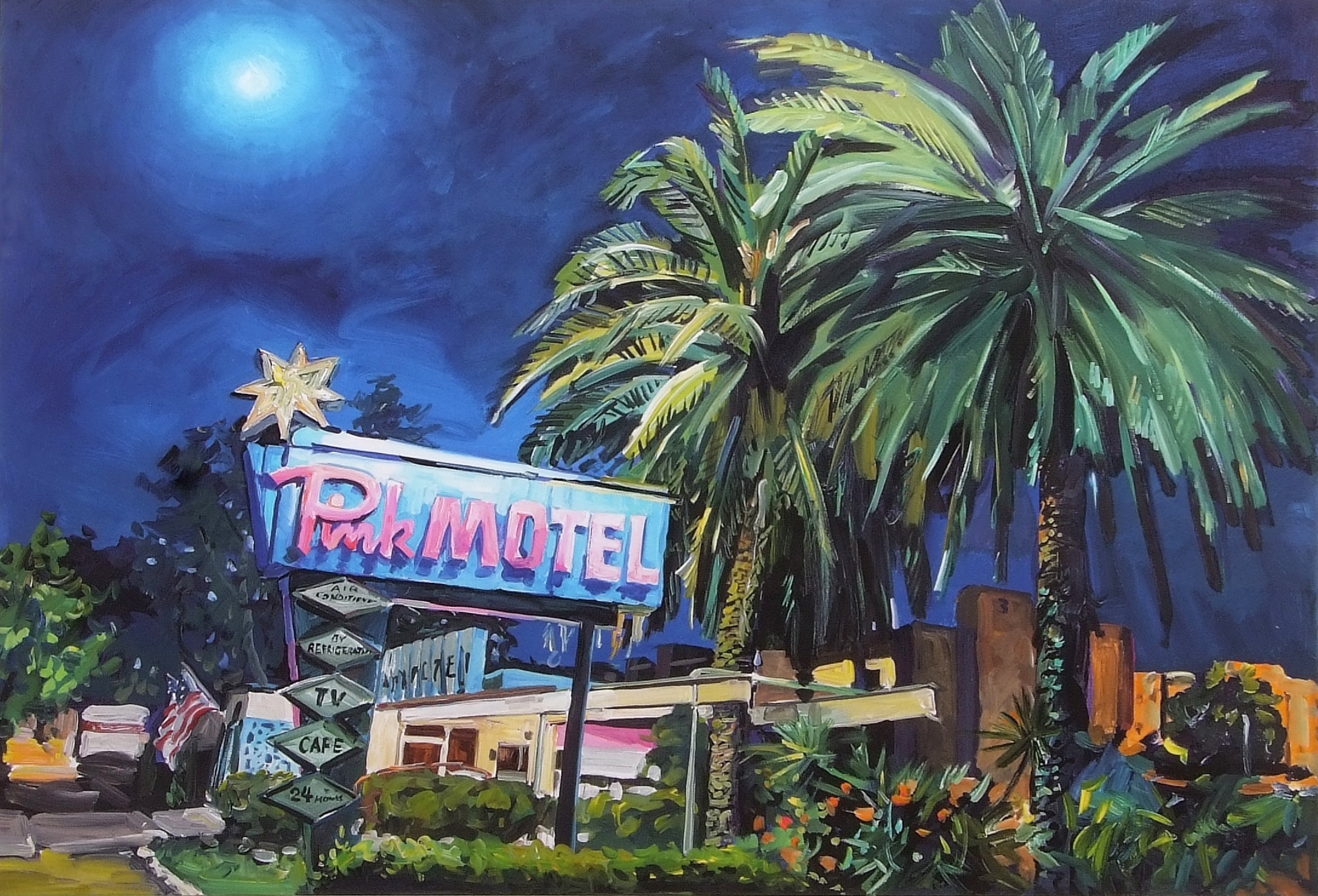

01/05/2025 General News
Although Britain has nurtured some fantastic artistic talents over the centuries - from Turner, Constable and Gainsborough to Hockney, Damien Hirst and Tracey Emin – the country’s reputation as a leader in the visual art market far outweighs our share of the world’s practitioners, writes Daniel Smith. In 2023, more than a sixth of all art sales took place in the UK; Britain generates a higher volume of sales by value than the whole of the EU put together.
Of course, much of the reason for this pre-eminence has been the dominance of the ‘Big Three’ London auction houses (Sotheby’s, Christie’s and Phillips). But the advent of internet bidding has somewhat broken the monopoly of these traditional operators, and enabled major regional houses to have an influence on what is going on in the art market.
While transactions at the extreme top end of things still take place in a very small coterie of auctioneers and dealers, art has to a large extent been democratised – and that is no bad thing. If the market is shaped by a wider number of buyers, it becomes easier for new artists to break through and find buyers, and we can start to understand what people who are not oligarchs and hedge fund managers are choosing to hang on their walls.
Looking at trends in the saleroom over the past few years is a fascinating exercise. Perhaps the most pleasing trend is that we have seen far more people buying art because they want to enjoy it, rather than for purely investment purposes. This has led to a significant shift in the kind of art people are prepared to bid for: they are as interested in aesthetic value and how well the art will fit in their homes, as they are in following trends or being wowed by big names.
The biggest resulting shift has been that modern art has become every bit as sought after as Old Masters. This shouldn’t surprise us given that most people don’t live in the kind of grand old house that such pictures were traditionally produced for.
Particularly popular is art from the 1960s to the 1990s, with pop cultural and vintage references. We have also seen the emergence in demand for works by ‘big names’ in popular culture, such as Bob Dylan – we had six of his pictures in our spring Fine Sale in March.
Abstract and surreal elements which challenge the traditional view of art are also much more likely to find buyers in the saleroom than 20 years ago.
All of that said, there is definitely still a market for older and more traditional art, but some of the same rules apply: it won’t necessarily sell just on the back of the artist’s name, subject matter is equally important.
Overall, the art market is in a relatively good place, with a whole cohort of buyers who probably wouldn’t have felt comfortable buying at auction even a decade ago now confident enough to follow their own tastes and not be dictated to by either tradition or fashion. For the many artists and painters in our county, this is good news indeed.
Keys Fine Art Auctioneers next Fine Sale, which will include an extensive fine art section, takes place in July. Pictures can still be consigned for the sale; more details at www.keysauctions.co.uk.